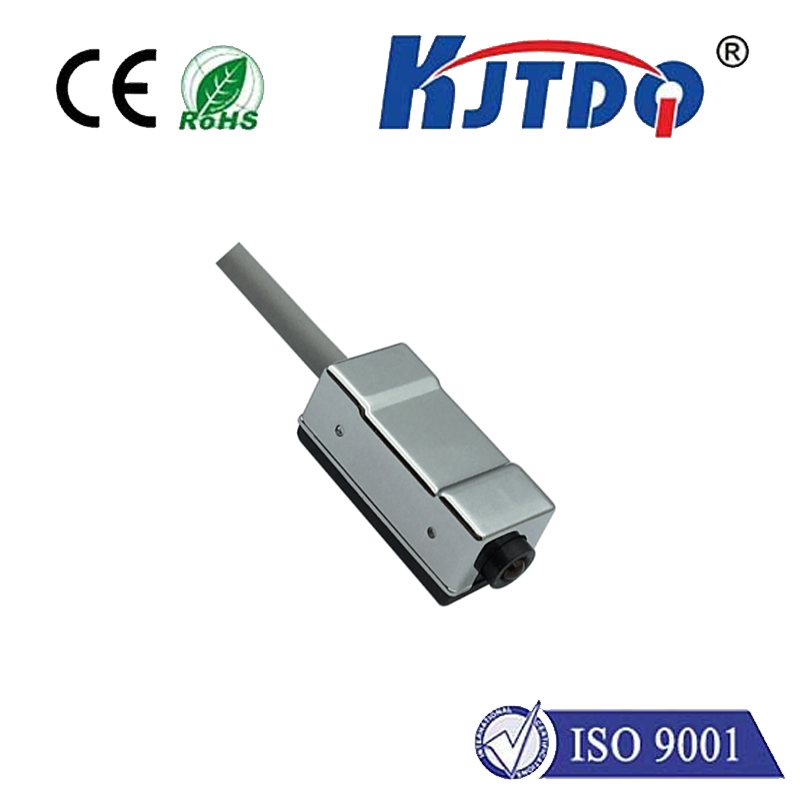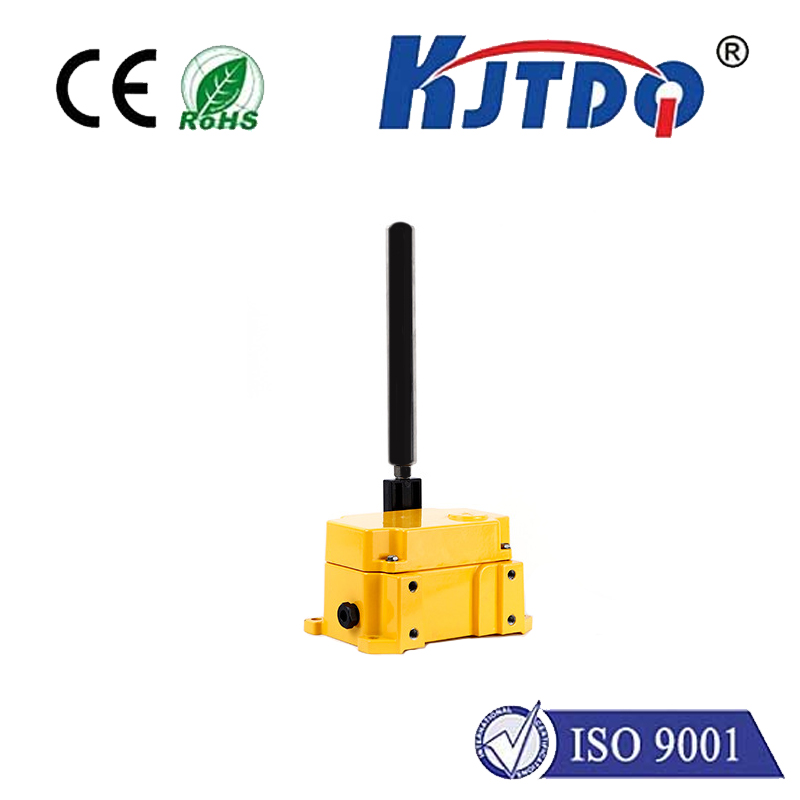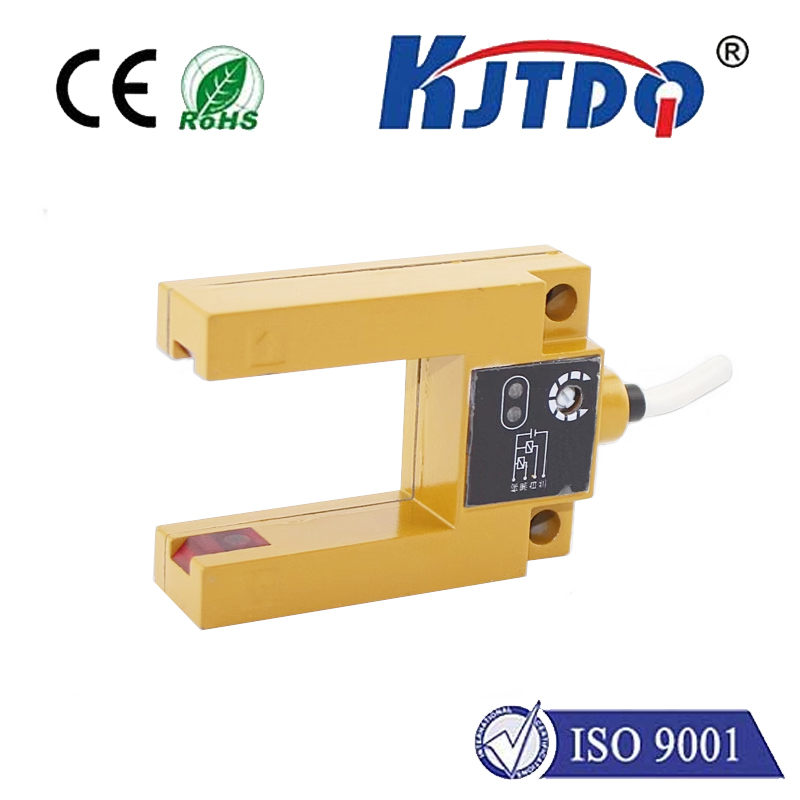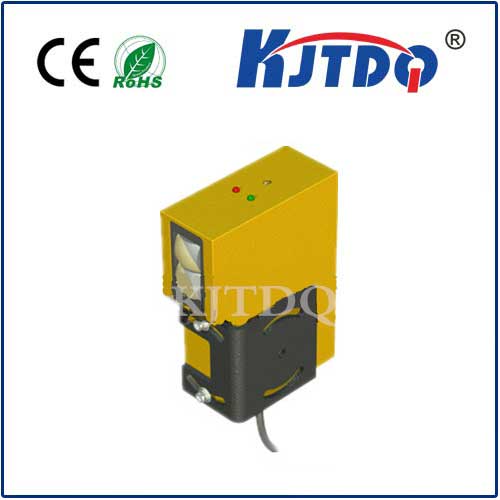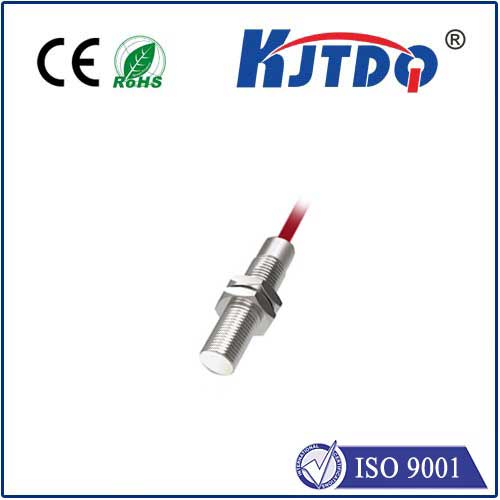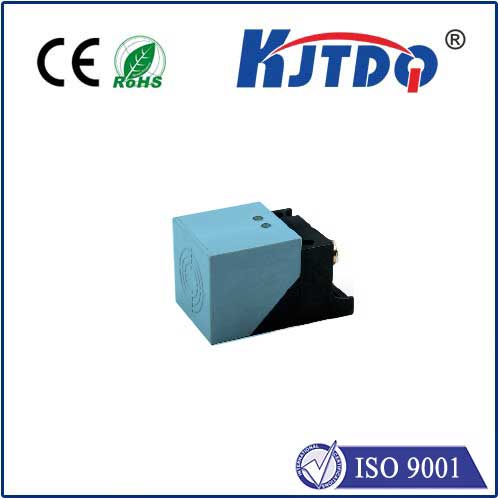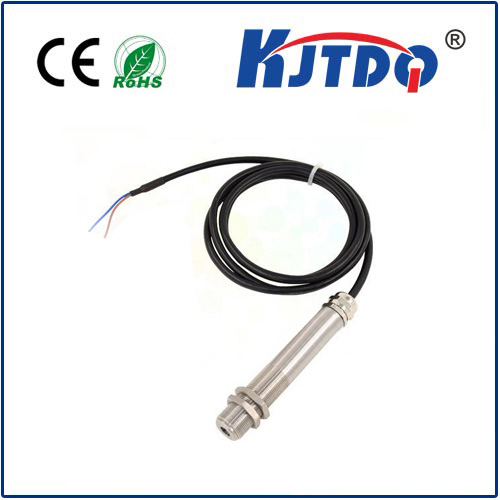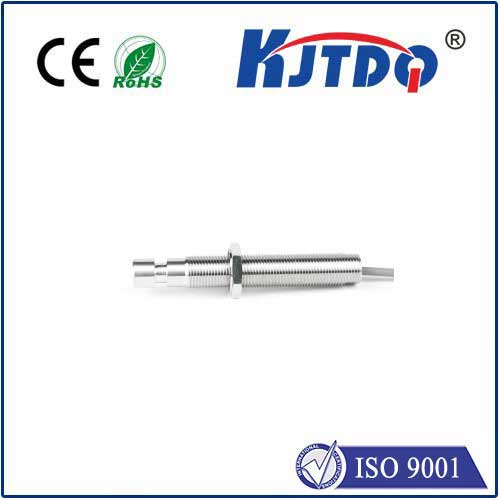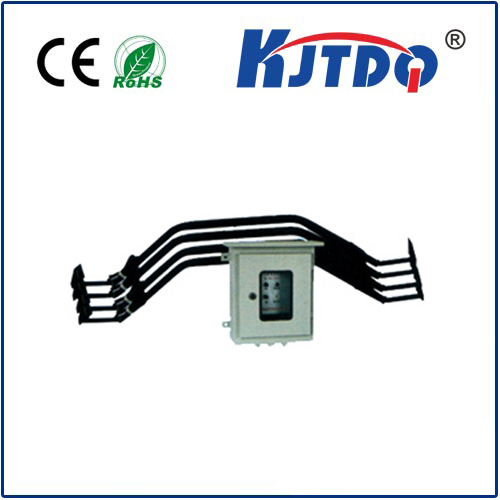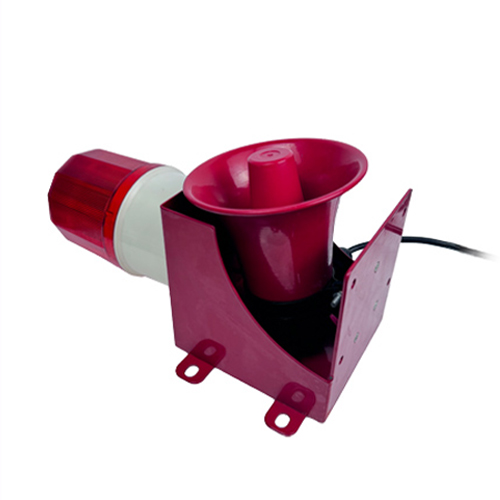

check

check

check

check

check

check

check

check

check

check
Level Limit Switch: A Fundamental Component in Industrial Automation
In today's rapidly evolving industrial landscape, automation has become an essential tool for enhancing efficiency, productivity, and safety. One of the critical components that drive automation is the level limit switch, a device that detects and regulates the level of fluids or substances within a container or system. In this article, we will explore the significance of level limit switches, their functions, and how they contribute to the overall success of industrial automation systems.
The Importance of Level Limit Switches in Industrial Automation
Level limit switches are indispensable devices that help to ensure safe and efficient operation of various industrial processes. They function by detecting changes in the level of fluids or substances within a container or system and triggering an appropriate response. This response can vary depending on the type of level limit switch used, but typically includes shutting off the process, alerting operators to potential problems, or maintaining a predetermined level.
One of the key advantages of level limit switches is their ability to monitor the flow rate of fluids or substances accurately. This ensures that the process remains within acceptable tolerances, preventing any potential accidents or equipment failure. Additionally, level limit switches can be used in combination with other automated control systems to optimize production processes and minimize downtime.
Types of Level Limit Switches
There are two primary types of level limit switches: liquid-filled and air-activated. Liquid-filled switches use a float mechanism to detect the level of the fluid being monitored. When the level reaches a certain point, the switch opens, triggering the appropriate response. Air-activated switches, on the other hand, use compressed air to trigger a change in the armature or diaphragm position, which activates the switch.
Functions of Level Limit Switches
Level limit switches play a crucial role in ensuring safe and efficient operation of industrial processes. Some of their primary functions include:
1. Monitoring fluid levels: Level limit switches provide accurate real-time monitoring of fluid levels, allowing operators to quickly respond to any changes and maintain optimal process performance.
2. Safety interlocks: These switches can be used as safety interlocks to prevent operators from accessing dangerous areas of equipment or processes until the level has reached a safe level.
3. Process control: By monitoring fluid levels and adjusting process parameters accordingly, level limit switches help to optimize production processes and minimize waste.
4. Equipment protection: These switches can prevent damage to expensive machinery by shutting off processes when levels reach hazardous levels or when equipment fails.
Conclusion
In conclusion, level limit switches are an essential component of industrial automation systems, providing accurate monitoring of fluid levels, promoting safety and reliability, and optimizing production processes. As industries continue to adopt automation technologies, it is imperative that they understand the importance of level limit switches and incorporate them into their operations to achieve optimal results.
